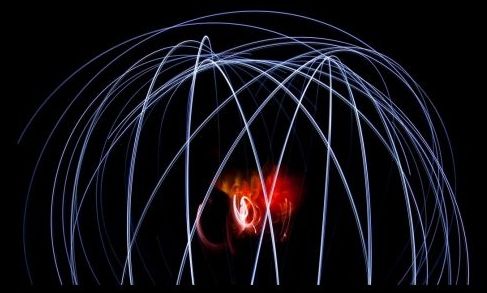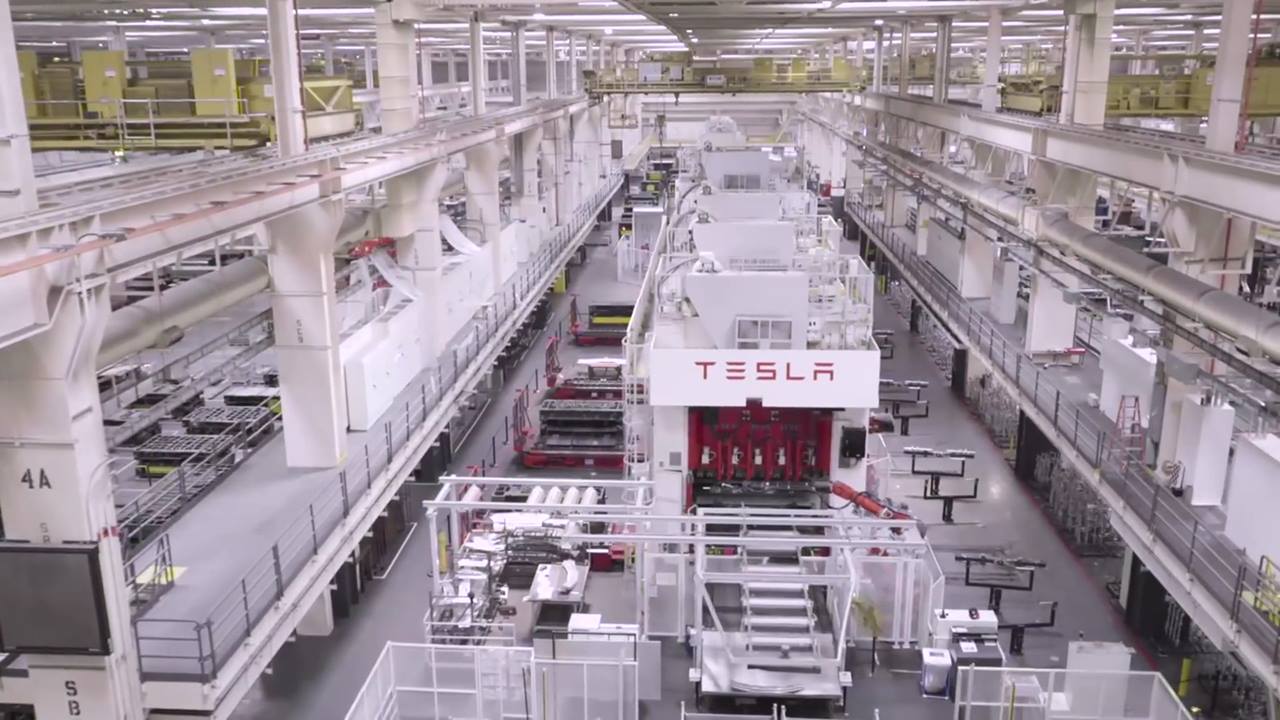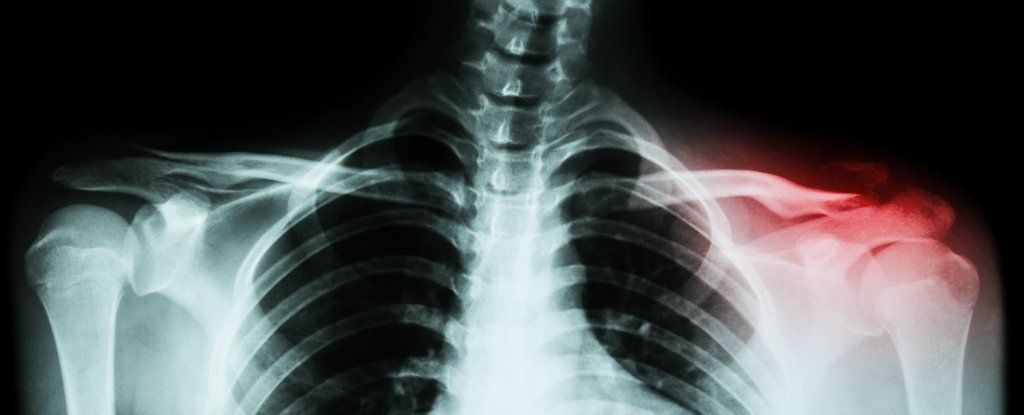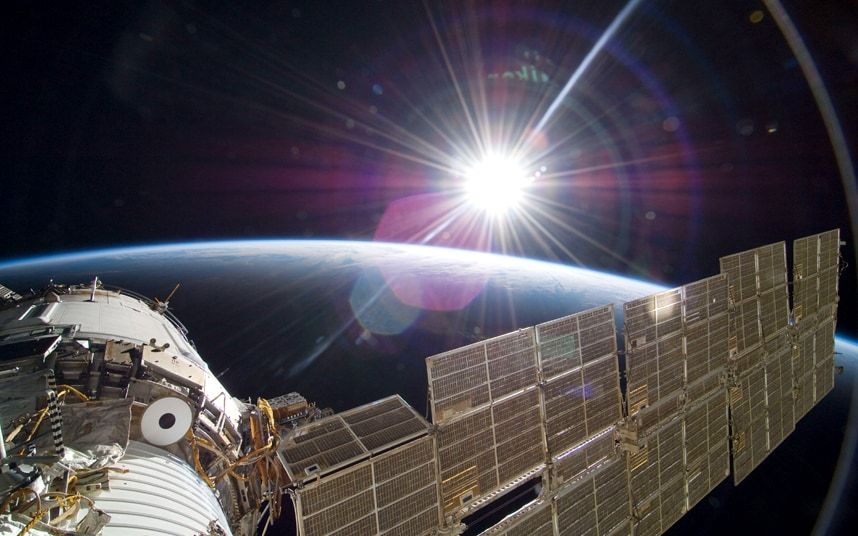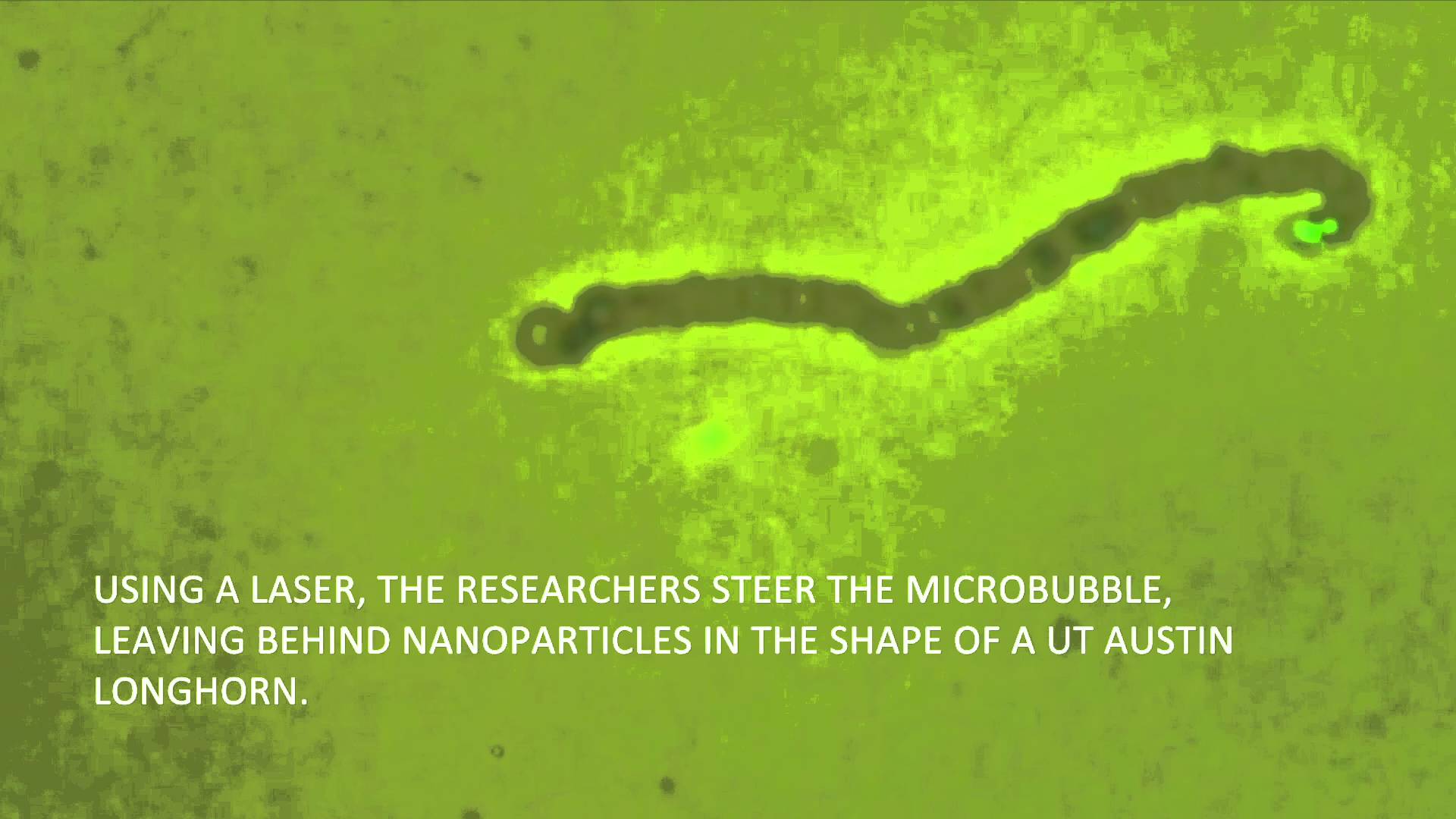Jan 17, 2016
Microsoft’s HoloLens will be ‘totally wireless’ with up to 5.5 hours of battery life
Posted by Shailesh Prasad in categories: augmented reality, energy, internet
https://youtube.com/watch?v=vXu5toPPqVE
Microsoft technical evangelist Bruce Harris has unveiled new details for Microsoft’s augmented reality headset, HoloLens. At an event in Tel Aviv, Harris was recorded (via Petri) saying that that any universal Windows 10 app will run natively on the device, as we’ve already heard, and that developers will naturally need to create 3D apps to realize the HoloLens’ full potential.
But Harris also talked about how the device features Bluetooth and Wi-Fi, describing it as “totally wireless.” In fact, he said a wired version of the HoloLens would not be available.

